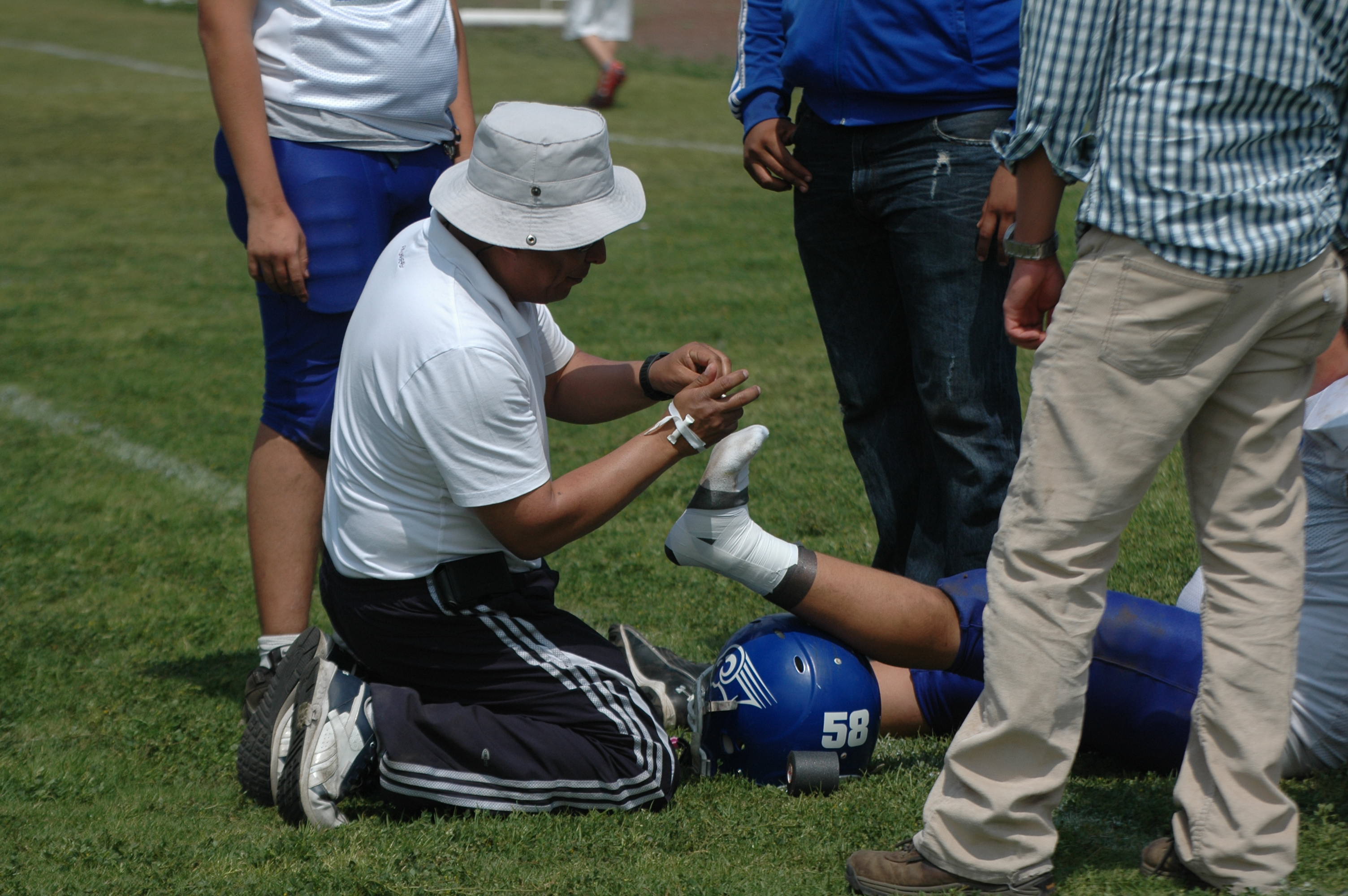
- Teacher: Amanda Cooper
- Teacher: Rachel Jones

Learners explore the theoretical and practical requirements for working as a personal trainer.
Unit introduction
There has been a growth in the number of health and fitness centres around the country, as well as in outdoor spaces being used for health and fitness. This is because more and more people are spending time and money on taking part in regular physical activity for their health and wellbeing.
Many people are paying for their own personal trainer to help target fitness training programmes for their individual needs. Personal trainers need to be able to tailor fitness training programmes for their clients and deliver engaging one-to-one fitness sessions to sustain their client’s motivation to stay on track as they work towards their individual fitness goals.
In this unit, you will explore the anatomy and physiology of the main body systems involved in participation in regular exercise and how they respond to exercise both in the short- and long term.
You will gain a practical and theoretical understanding of the range of health screening methods used to check the health of clients with different needs. You will explore the different types of exercises for different components of fitness and how these exercises can be performed safely and with the correct technique. You will investigate how to plan a personal training exercise session, taking into account the client’s needs and how the session can be adapted to meet different needs.
You will then explore how to instruct a safe and effective personal training session. Effective personal trainers always review their sessions and get feedback from their clients. You will explore different methods for collecting feedback on performance, enabling you to identify your strengths and areas for improvement. The knowledge and skills this unit gives you are an exciting combination of theory and applied aspects to give you an improved understanding and practical experience of personal training.
- Teacher: Matt Jones
- Teacher: Geraint Kathrens
- Teacher: Rhiannon Simms
